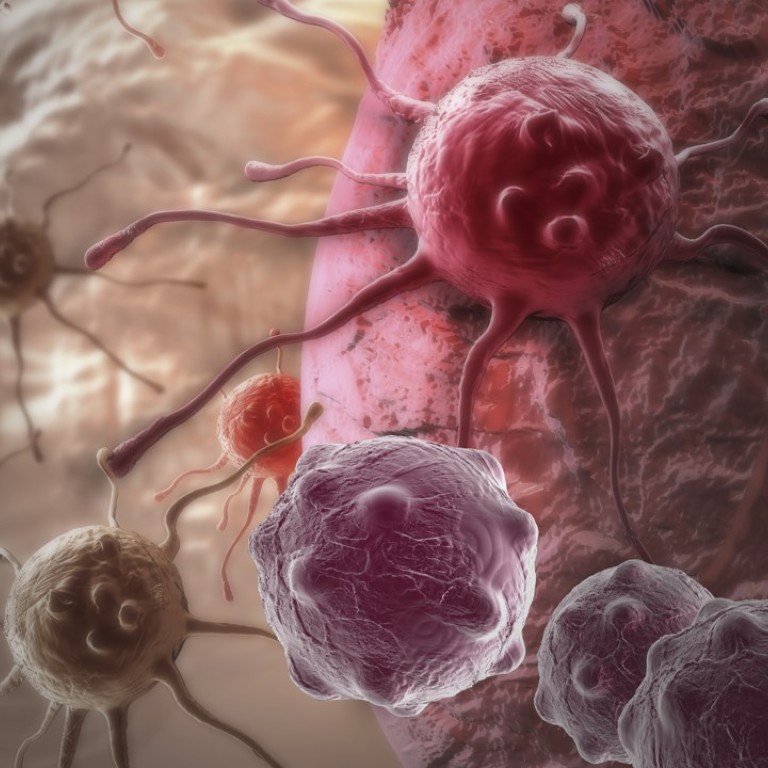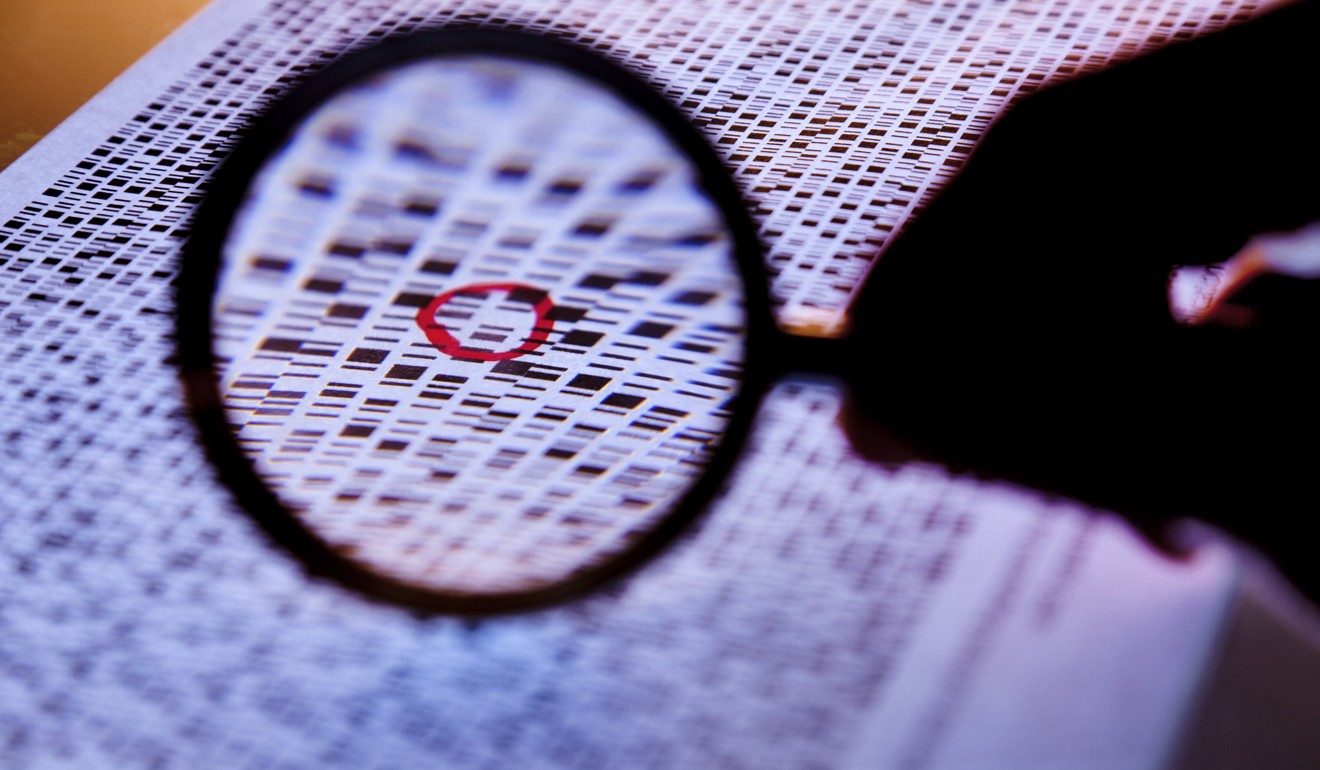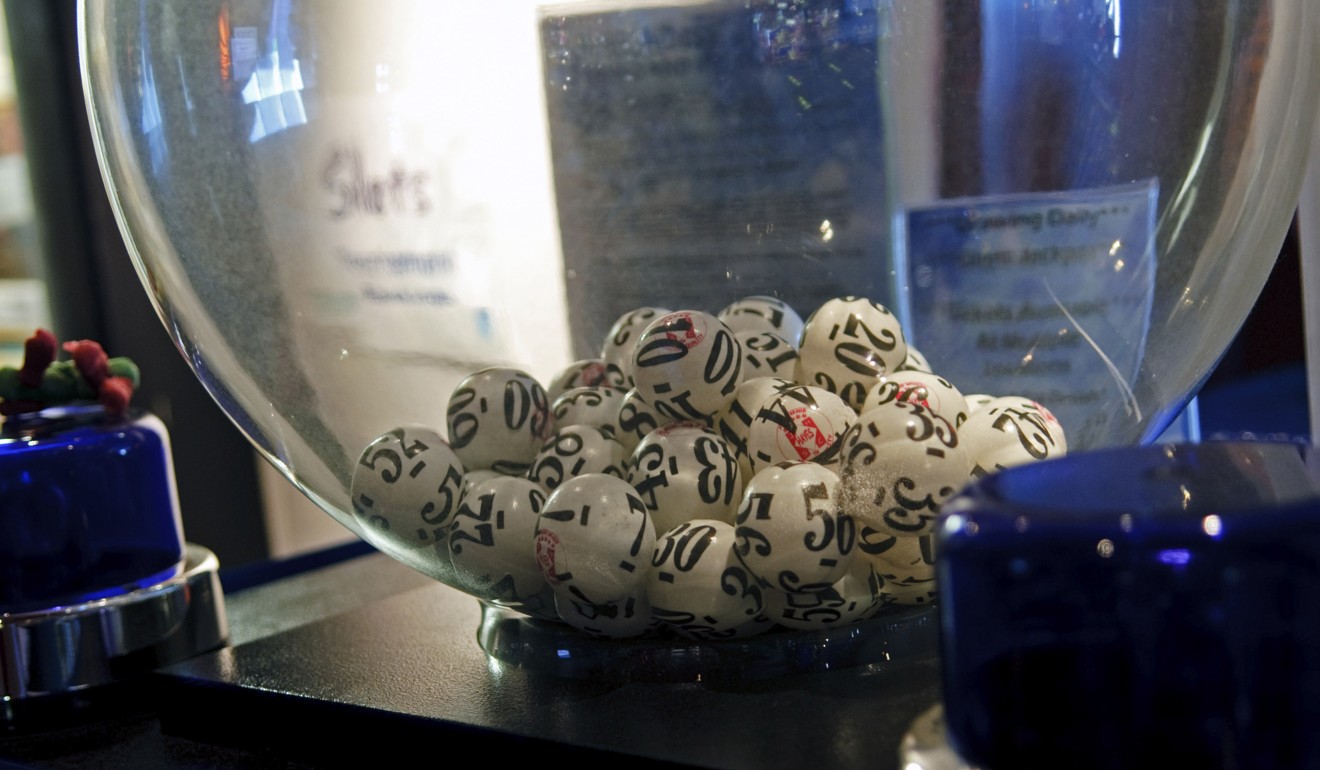
Is cancer just bad luck? Lifestyle factors a lesser risk than previously thought, study shows
A study looked at 32 cancers and risk factors including environment, lifestyle, heredity and random DNA copying errors. The latter were responsible for two-thirds of genetic changes that lead to the disease, but there were big variations
We’ve all heard of one person who stuck to a healthy diet all their life, exercised regularly, never smoked or overindulged in alcohol, and yet, despite following all the “rules”, ended up being diagnosed with cancer. That’s just bad luck, some may say, and, according to new research from Johns Hopkins University in the US, such a call may not be that far-fetched.

Cancer is a disease involving the genes of cells. According to Dr Au Siu-kie, a specialist in oncology at Hong Kong Adventist Hospital these cells have acquired the ability of uncontrolled growth, evading the body’s normal control mechanism and immune surveillance. These extra cells may form a mass of tissue, called a tumour, infiltrating and destroying neighbouring organs, or spreading through the blood or lymphatic vessels to other organs.
“Unlike normal cells, the genetic make-up, or genome, of cancer cells is highly unstable, and further genetic changes accumulate as the cells divide, generating multiple clones of cancer cells with different genetic alterations,” says Au.
In the study, published in March this year in the journal Science, Vogelstein and Tomasetti looked at 32 types of cancer and noted that, overall, about 66 per cent of genetic mutations that lead to the disease were the result of random DNA copying errors; 29 per cent were due to environmental and lifestyle factors; and the remaining five per cent were inherited.

On the other hand, 77 per cent of mutations leading to pancreatic cancer are caused by random DNA copying errors, with 18 per cent due to environmental factors and five per cent the result of hereditary factors. The study also found that most childhood cancers are the result of these DNA typos.
The bottom line seems to be that cancer can strike anybody at any time and you shouldn’t blame yourself if you develop the condition. But, if these genetic mutations are really as random as the study suggests and it all boils down to luck, then should we still bother with lifestyle habits that aim to minimise our risk of cancer?

Au adds that, while many of the causative factors of cancer are still unknown, our risk of developing the condition is greatly affected by our lifestyle habits and the environment in which we live. He cites the American Cancer Society’s list of “Known and Probable Human Carcinogens”, which includes lifestyle factors such as nutrition, tobacco use and physical activity, exposure to ultraviolet light, radon gas and infectious agents, medical treatments such as radiation and drugs that suppress the immune system, exposure to certain chemicals in the home or workplace, and pollution.
Over the last three decades, Hong Kong has seen a dramatic rise in the incidence of breast, prostate, uterine, thyroid, kidney and testicular cancers. This phenomenon, many doctors believe, may be due to the consumption of processed foods and alcohol and a decline in physical activity. On the other hand, we’ve also seen a drop in the incidence of cancers of the nasopharynx, stomach, cervix, oesophagus, bladder and larynx. In light of these changes over the last 30-plus years, Au says that we can certainly appreciate the power of environmental factors in affecting the occurrence of cancer.

To truly understand the evolution of a cancer, we need to sequence the DNA of each cancer cell, says Au. The study looked at cancer on a macroscopic level instead of a microscopic one.

“The causes sometimes appear to be random because we look at the problem macroscopically, says Au. “The initiating events and the subsequent processes of the development of cancer are quite different for different types of cancer and even for the same cancer in different individuals. If we investigate deeper with a higher resolution lens, when we can get to the single cell molecular level, we will then be able to explain every occurrence of cancer.”
The good news is that the technologies of single cell DNA sequencing are emerging. Au says that, hopefully, from the analysis of such a massive amount of data, we can have a better understanding of the multistep carcinogenic pathway and of how to tackle drug resistance in cancer.

